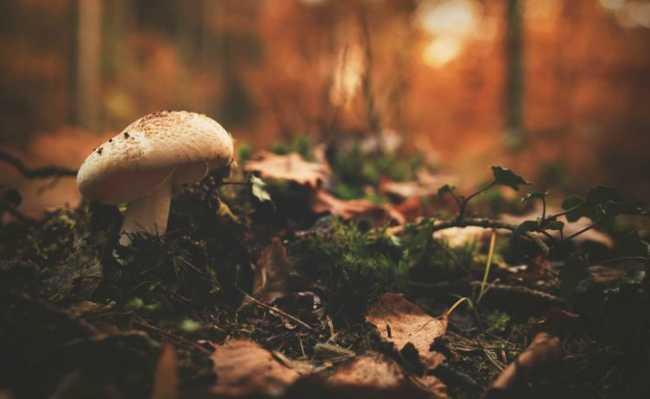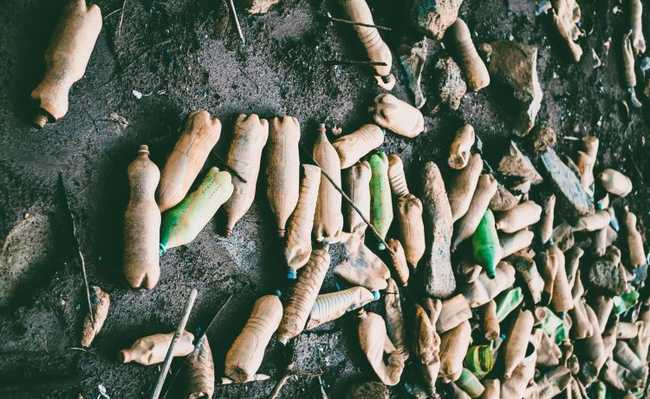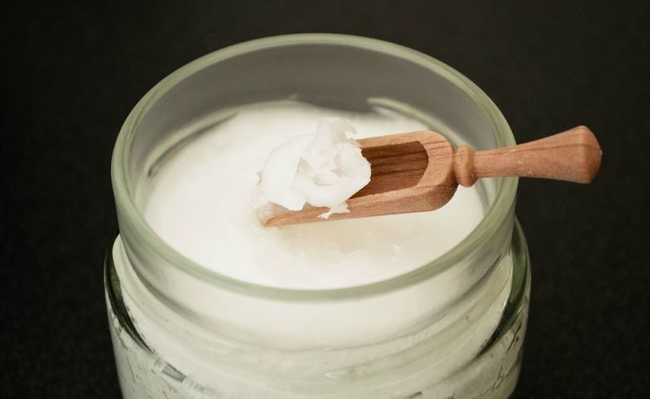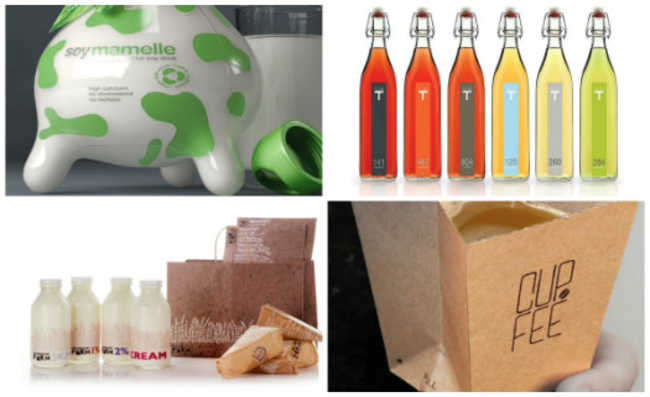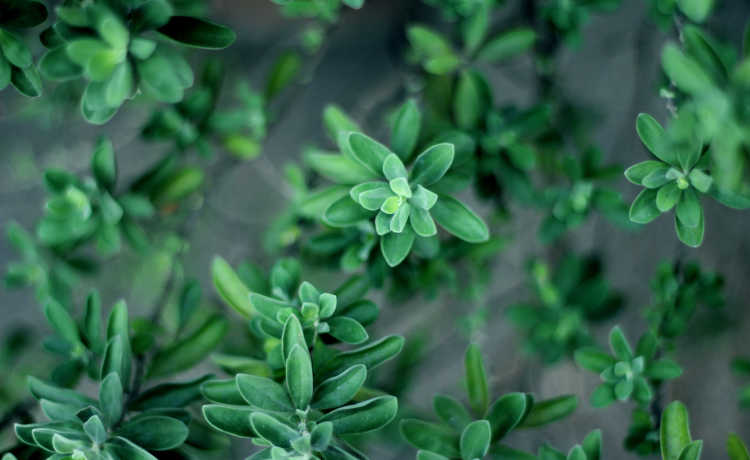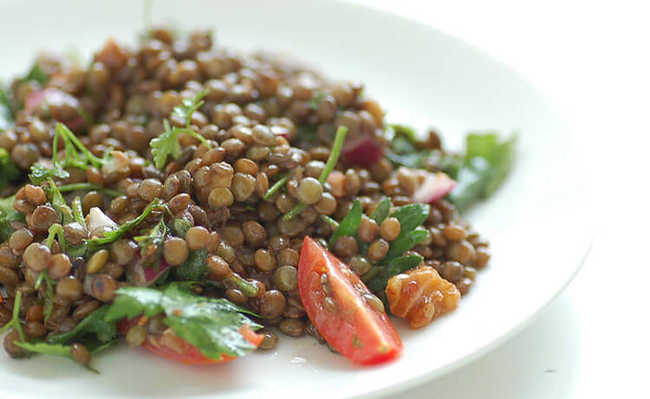Bioplastics: types of biopolymers and applications
Bioplastic, or biopolymer, has proven to be the alternative of the future, but it also has disadvantages. Understand

Bioplastics, or biopolymers, are not just biodegradable and compostable plastics made from natural materials. The name "bioplastic" also refers to plastics made from non-renewable sources, such as petroleum, but which biodegrade, and plastics produced from renewable sources, such as plants, but which do not biodegrade.
- Know the types of plastic
Considering that practically all the plastic ever produced by humanity still exists and that each year about a third of the plastic produced directly pollutes the land, the ocean and enters the food chain, bioplastics, especially biodegradable ones, have been shown to be an alternative for the development of humanity.
- Understand the environmental impact of plastic waste on the food chain
Types of Bioplastic
Polyamide Bioplastic (PA)
Polyamide (PA) is a bioplastic made from biomass, but it can also be made from petroleum. The advantage of bio-polyamide is that it is made from renewable sources and can be produced from castor oil.
However, polyamide, which is also called nylon, very present in clothing fabrics, accessories and upholstery, is not biodegradable, even in its version produced from biomass.
- What is the environmental impact of clothing production? Understand and learn about alternatives
Polyamide bioplastic can also be produced from castor oil, but a disadvantage is its low use of land, requiring a relatively large surface area to produce the necessary amount of raw material (which can compete with space for production of food).
- Castor oil: how to use it and its benefits
Another problem is that the nylon it is not yet recyclable.
Polybutylene terephthalate adipate bioplastic (PBAT)
Polybutylene terephthalate adipate, also called "polyburate", is one of the types of bioplastics produced from petroleum, but it is biodegradable and compostable. Its properties allow polyburate to replace low-density polyethylene, a plastic produced from petroleum that is not biodegradable.
Polyburate bioplastic can be used mainly in the production of bags. But it has the disadvantage of requiring a non-renewable source.
Polybutylenesuccinate (PBS) bioplastic
Polybutylenesuccinate (PBS) is a type of bioplastic that can be 100% biobased and biodegradable under industrial conditions. This type of bioplastic is normally used in utensils that need a high temperature tolerance capability (100°C to 200°C).
It is a crystalline and flexible bioplastic. Succinic acid, the biological basis of PBS production, is made from renewable sources and helps to reduce the carbon footprint. Calculations show that greenhouse gas (GHG) emissions can be reduced by 50% to 80% compared to fossil-based plastic. Succinic acid also has the advantage of capturing CO2.
- What are greenhouse gases
- What is a carbon footprint?
Polylactic acid bioplastic (PLA)
Lactic polyacid (PLA) is a bioplastic made from bacteria. In the process, they produce lactic acid through the fermentation process of starch-rich vegetables such as beets, corn and cassava (among others). PLA bioplastics can be used in food packaging, cosmetic packaging, plastic market bags, bottles, pens, glasses, lids, cutlery, jars, cups, trays, plates, films for the production of tubes, 3D printing filaments, devices medical, non-woven fabrics, among others.
PLA is biodegradable, mechanically and chemically recyclable, biocompatible and bioabsorbable. Compared to conventional petroleum plastics, such as polystyrene (PS) and polyethylene (PE), which take 500 to 1000 years to degrade, PLA wins by leaps and bounds, as its degradation takes six months to two years to happen . And when it's properly disposed of, it turns into harmless substances, because it's easily degraded by water.
The downside is that PLA is an expensive plastic to produce and its composting only takes place under ideal conditions. Another problem is that the American and Brazilian standards allow the mixing of PLA with other types of non-biodegradable plastics, which, despite improving their qualities in terms of use, harms their quality in environmental terms.
- PLA: biodegradable and compostable plastic
But we can't confuse it with starch plastic, known as thermoplastic starch, because in the PLA production process, starch is used simply to get to lactic acid. Unlike thermoplastic starch plastic, which has starch as its main raw material. Of these two types, PLA is advantageous because it is more resistant and looks more like a normal plastic, in addition to being 100% biodegradable (if it has ideal conditions).
Bioplastics made from algae
The company Algix develops an important input for the production of bioplastics: algae biomass. Excessive algae production as a result of pollution has been a significant problem that occurs due to eutrophication (to better understand this topic take a look at the article: "What is eutrophication?"). In the production of algae biomass for the development of bioplastic, the combined rearing of fish (for consumption) and algae is carried out. The advantages of these types of bioplastics are their possibility of biodegradation, renewable source origin, low production cost and non-competition with arable land.
Shrimp Shell Bioplastic
Shrimp shells, which are a major waste of the food industry and abundant in the UK, are being used for the development of bioplastics.
The idea is to use this type of bioplastic for the production of shopping bags and food packaging.
In addition to being a renewable source, this type of bioplastic is biodegradable, reuses industrial waste and also has antimicrobial, antibacterial and biocompatible properties, which is an advantage for food and drug packaging.
But maybe this is not a good idea for those who are adept at vegan philosophy.
- Vegan philosophy: know and ask your questions
Polyhydroxyalkanoate (PHA) bioplastic
Polyhydroxyalkanoate (PHA) bioplastics can be produced in different ways by specific strains of bacteria. In the first case, bacteria are exposed to a limited supply of essential nutrients, such as oxygen and nitrogen, which promote the growth of PHA - plastic granules - within their cells, as food and energy reserves.
Another group of bacteria that do not require nutrient limitation for PHA production accumulate it during periods of rapid growth. The PHA within both groups can then be collected, or, prior to collection, can be synthesized into different chemical forms through genetic engineering.
Initially, the commercialization of PHA was hampered by high production costs, low yields and limited availability, making it unable to compete with plastics of petrochemical origin.
However, certain bacteria have been discovered that are capable of producing PHA from a variety of carbon sources, including wastewater, vegetable oils, fatty acids, alkanes and simple carbohydrates. This greatly enhances its advantages - for example, using waste materials as a carbon source for the production of PHA would have the dual benefit of reducing the cost of PHA and reducing the cost of waste disposal.
In 2013, an American company announced that it had further refined the process, removing the need for sugars, oils, starches or cellulose, using a "biocatalyst" derived from microorganisms that convert air mixed with greenhouse gases such as methane or dioxide carbon, in bioplastic .
Further studies are taking the genes of these bacteria and inserting them into corn stalks, which then grow the bioplastic in their own cells. However, this production is based on genetically modified corn stalks; and transgenics has been a theme frequently associated with disrespect for the Precautionary Principle, among other problems. You can better understand this theme by taking a look at the articles: "Environment calls for alert to the precautionary principle" and "Transgenic corn: understand the risks and benefits".
PHA is fully biodegradable under certain conditions, is non-toxic and can be used in a wide range of applications, from food packaging to medical implants.
Bioplastic drop in
The main bioplastics , or biopolymers , drop in are bio-polyethylene (PE), bio-polypropylene (PP), bio-polyethylene terephalate (PET) and polyvinyl chloride (PVC).
You drop-ins they are bioplastics made wholly or partially biobased, but not biodegradable; are hybrid versions of traditional plastics. They differ from conventional plastics - made 100% from petroleum - only in relation to the base of partially renewable raw material, maintaining the same functionality.
Bioplastics drop in most produced are bio-PET partially based on biological feedstock, and already represent approximately 40% of the global production capacity of bioplastics.
Many types of conventional plastics such as PE, PP and PVC can be made from renewable resources such as bioethanol.
A popular example of a plastic drop in it's the Plant Bottle, used by one of the world's leading soft drink manufacturers. The bottle uses 30% of plant-based materials in its manufacture, maintaining the same characteristics as the traditional bottle and being fully recyclable. Over time, the renewable component of the bottle is expected to increase, while fossil fuel-based materials will decrease.
You drop-ins are the fastest growing bioplastics group. The industry's interest is based on two main points:
- You drop-ins have the same properties and functionalities as plastic made from petroleum, which means they can be processed, used and recycled in existing facilities and following the same routes as conventional plastics, which reduces the need for new or additional infrastructure and reduces costs at all levels.
- The renewable (or partially renewable) base of these products reduces the carbon footprint and, at the same time, reduces production costs.
In Brazil, the production of PE from biofuel is similar to drop-ins, but plastic is often called "green plastic".
- After all, what is green plastic?
The problem with bioplastics produced from biofuels is that they compete for space with land that could be used for food production and are not yet biodegradable. They are present in the most diverse types of materials such as packaging, electronic devices, cosmetics, medical equipment, toys, hygiene products, among others; and, if they escape into the environment - mainly in the form of microplastic - they can cause significant short- and long-term damage.
- There are microplastics in salt, food, air and water
Organic Waste Bioplastic
Have you ever imagined that it would be possible to produce biopolymers using organic waste as a raw material? That's exactly what the Full Cycle Bioplastics managed to do: produce bioplastics from organic waste.
The idea is to reduce the emission of greenhouse gases produced by the decomposition of organic waste, the third largest source of production of anthropogenic greenhouse gases.
Polyhydroxyalkanoate (PHA) bioplastic is produced from non-genetically modified bacteria and organic waste and can replace a wide range of synthetic plastics. This type of bioplastic is still compostable and degradable. Another advantage is that, in terms of costs, it is competitive with plastics of petrochemical origin.
Polyethylene furanoate bioplastic (PEF)
Polyethylene furanoate (PEF) is a bioplastic comparable to PET. It is made with 100% biological raw material and has better thermal and mechanical properties than PET. PEF biopolymers are ideal for packaging soft drinks, water, alcoholic beverages, fruit juices, food and non-food products. However, there is a wide range of other applications, such as fibers and other polymers such as polyamide and polyester.
In the production of PEF bioplastics, plant-based sugars are converted into materials such as furandicarboxylic acid (FDCA), which is used in the production of polymers for the packaging industry.
The disadvantage of this type of bioplastic is the same as any other production that depends on the plantation as an input: competition with planted areas.
Is bioplastic the solution?
Even though they have the potential to be cleaner alternatives to conventional plastic, bioplastics also produce impacts on the environment during their production and are no guarantee of biodegradability or recycling.
In addition to the implementation of bioplastics, for a society to develop along the lines of sustainability, it is necessary to rethink consumption. Together with the development of bioplastics, it is necessary to reduce consumption, increase the reuse and recycling of plastic. These actions are in line with what the circular economy preaches.
Other alternatives like better designs that allow better plastic performance are also needed. The actions proposed by Ellen MacArthur Foundation they also meet the idea of the circular return of plastic. To better understand this theme, take a look at the articles: "New Plastics Economy: the initiative that rethinks the future of plastics" and "What is Circular Economy?".
Dispose of correctly and have a citizen attitude
To reduce the plastic waste consumed, the first step is to practice conscious consumption, that is, to rethink and reduce consumption. Have you ever thought about how many superfluous plastics we use on a daily basis that could be avoided?
On the other hand, when it is not possible to avoid consumption, the solution is to opt for consumption as sustainable as possible and for reuse and/or recycling. But not everything is reusable or recyclable. In this case, perform the disposal correctly. Check which collection points are closest to your home on the free search engine on eCycle portal .
But remember: even with the correct disposal it is possible for the plastic to escape into the environment, so consume with awareness.
To find out how to reduce your consumption of plastics, take a look at the article: "How to reduce plastic waste in the world? Check out essential tips".
To find out how to consume more sustainably, see the article: "What is sustainable consumption?". Lighten your footprint.



